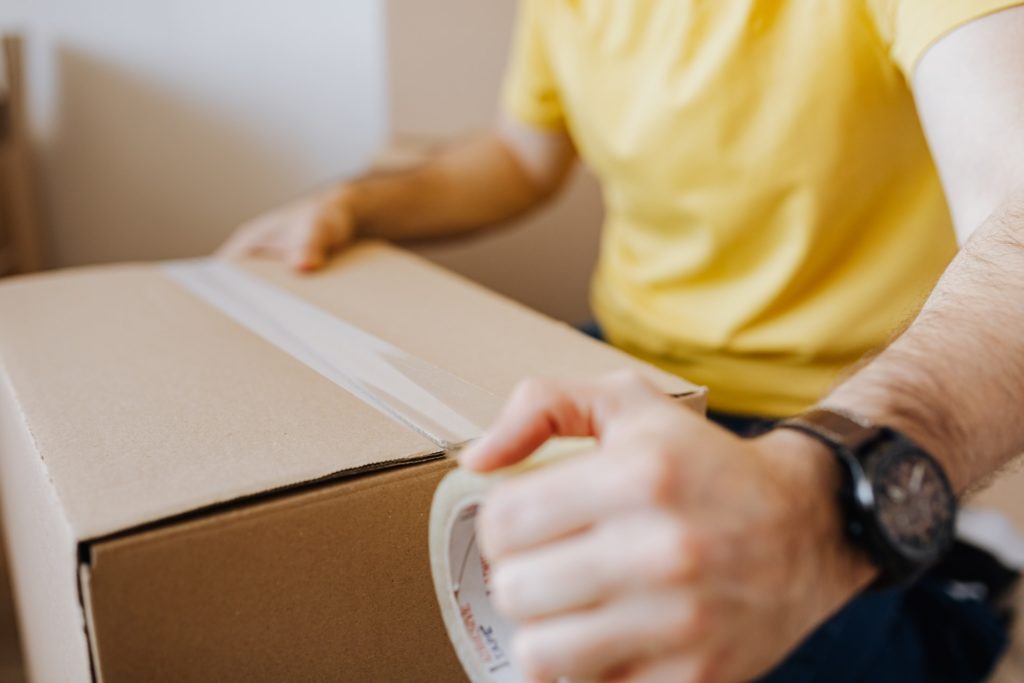The lifespan of an asphalt driveway is determined by the way it was installed and its maintenance. Proper installation and regular maintenance, like seal coating the driveway when necessary and filling the cracks annually, can make it last for up to 30 years. A quality seal coat helps protect the asphalt from oil, fuel, traffic wear, and bad weather. This article gives you helpful tips for seal coating your asphalt driveway successfully for its longevity.
Common Mistakes during Driveway Sealing
- Expecting the sealer to fill driveway cracks. It would help if you filled any crack appropriately before the sealer application.
- Not cleaning the driveway before seal coating. The sealer does not stick on the dirty driveway.
- Not steering properly. The stir stick cannot be depended on as it doesn’t blend the solids and water enough for a smooth mixture.
- Using the wrong applicator. A premature sealer failure can be caused by using a squeegee where the manufacturer instructs a brush and vice versa.
The following are the steps to guide you on the seal coating process:
Step 1: Cleaning and Priming
The driveway cleaner can be applied using a soap nozzle on a garden hose or power washer. Scrub the whole driveway using a stiff-bristle broom. Don’t assume your drive is clean; it is not. Combustion byproducts from exhaust gas deposit oily film on the driveway. Ensure the film, tree sap and dirt have come off so that your sealer can stick.
Step 2: Rinse the Driveway with a Strong Stream
A 40-degree power washer nozzle or garden hose with a strong water stream can flush the dirt residue and soap. Next, use clean water to rinse the driveway. Apply the sealer after the driveway has dried completely. A final sweep can then be performed using a push broom.
Step 3: Pretreat the Oil Stains
In this step, pour your oil spot primer on any damaged area and use a disposable chip brush to spread it into the pores. A second coat can now be applied to heavier stains. Allow the primer to dry before you can apply the driveway sealer. Any oil stains should be treated with an oil spot primer.
Step 4: Stir and Trim
A mixing paddle should start at the top of the bucket and gently lowered into the content at the bottom. For the solids and water to combine smoothly, cycle the mixing paddle up and down as it spins. You can do the mixing on the driveway area covered with poly sheeting for protection against spills. To avoid spillage as you mix your content, you can make a small hole on the bucket lid and can stir while the bucket is covered with the lid.
Step 5: Cut in the Edges
A dashing brush dipped into the sealer is used to apply a liberal coating to the driveway edges. Spread enough sealer for it to fill in the pores. You will then cut in all the four sides using a bigger dashing brush.
Step 6: Stage the Buckets
You can estimate the area that each bucket will cover and stage them along the driveway. Staging them will help you save on time and avoid walking through your wet sealer to get the next bucket. Put on old shoes and clothes since the sealer has to splash all over you. Sidewalks and garage doors will also be splashed on and thus the need to mask with a poly sheeting.
Step 7: Poor the Sealer onto the Driveway
Pouring should start at the right edge or top left of your driveway. The sealer will be poured in an upside-down pattern making a U-shape.
Step 8: Spread the Sealer
Start to spread the sealer from one end of the ‘U’ down along the other end. The puddle can be spread using a broom or squeegee, depending on manufacturer’s instruction. Enough sealer should be applied to maintain a puddle in front of the tool. Cap the remaining buckets when you reach the bottom of your driveway and clean the brush and squeegee.
Set your empty buckets along to prevent any car from ruining the work. Allow the sealer to dry over the night. Repeat the process the following day and let it dry for 48 hours before driving on the driveway. Using a high-quality sealer will help seal the pores and prevent damage caused by chemicals, water penetration, and freeze cycles.




